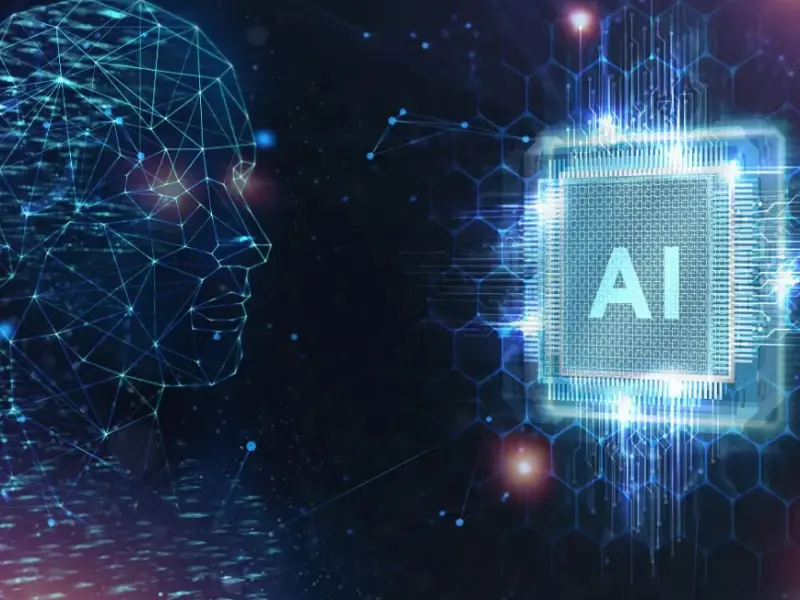- Conversational AI comprises several key components, each playing a crucial role in enabling the system to understand and respond to human language effectively.
- ChatGPT is an AI model developed by OpenAI, specifically based on the GPT (Generative Pre-trained Transformer) architecture. It belongs to the category of conversational AI, as it is designed to understand and generate human-like text in response to user inputs.
- The connection between conversational AI and ChatGPT lies in the fact that ChatGPT is a specific implementation of conversational AI.
ChatGPT is a specific instance of conversational AI, showcasing how advanced language models can be used to create engaging and interactive conversational experiences.
ChatGPT exemplifies the capabilities of conversational AI by demonstrating the ability to interact with users in a natural and engaging manner, making it a valuable tool for various applications such as chatbots, virtual assistants, and customer service platforms.
Connection between them
Conversational AI refers to the broader field of artificial intelligence focused on enabling computers to understand and engage in human-like conversation. This includes various techniques and technologies aimed at processing natural language input, generating appropriate responses, and managing the flow of conversation.
ChatGPT, on the other hand, is a specific model within the realm of conversational AI. It is based on the GPT (Generative Pre-trained Transformer) architecture and has been trained on vast amounts of text data to generate human-like text responses to user inputs. ChatGPT exemplifies the capabilities of conversational AI by demonstrating its ability to engage in coherent and contextually relevant conversations with users.
Also read: Reddit and OpenAI announce partnership
Function of conversational AI
The function of conversational AI is to enable computers to understand and engage in natural language conversations with users.
Natural language understanding
Conversational AI systems must be able to comprehend the meaning and intent behind user inputs, including text and speech.
Natural language generation
After understanding the user’s input, conversational AI systems generate appropriate responses in natural language that are contextually relevant and coherent.
Dialogue management
Managing the flow and context of the conversation to ensure coherence and relevance. This involves keeping track of previous interactions and maintaining a consistent conversational context.
Speech recognition and synthesis
In systems that involve speech-based interactions, conversational AI must be able to accurately recognise spoken language and generate speech output.
Also read: AI lies: Should we worry about deceptive AI models?
Personalisation
Conversational AI systems can provide personalised experiences by leveraging user data and preferences to tailor responses and recommendations.
Task automation
Conversational AI can automate repetitive tasks and processes by interacting with users to gather information, perform actions, or provide assistance.
Information retrieval
Accessing and retrieving relevant information from knowledge bases or external sources to provide accurate and timely responses to user queries.
User engagement and satisfaction
Ultimately, the function of conversational AI is to enhance user engagement and satisfaction by providing natural, intuitive, and efficient interactions with technology.
Conversational AI serves to bridge the gap between humans and machines, enabling seamless communication and interaction in various applications and domains.

